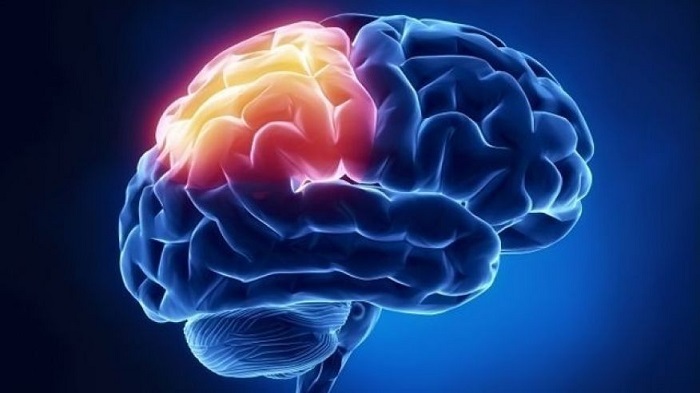Scans show possible link between brain development and antisocial behaviour

But while the images show how the two groups of brains differ on average, the scans cannot be used to identify individuals with behavioural issues, nor pinpoint specific developmental glitches that underpin antisocial behaviour.
Led by Luca Passamonti, a neurologist at Cambridge, the researchers scanned the brains of 58 young men aged 16 to 21 who had been diagnosed with conduct disorder, defined by persistent problems that ranged from aggressive and destructive behaviour, to lying and stealing, carrying weapons or staying out all night.
When compared with brain scans from 25 healthy men of the same age, the scientists noticed clear differences. Those diagnosed with conduct disorder before the age of 10 had similar variations in the thickness of the brain’s cortex. “It may be that problems they experience in childhood affect and delay the way the cortex is developing,” said Passamonti.
But the brains of men diagnosed with behavioural problems in adolescence differed in another way. Scans on them showed fewer similarities in cortical thickness than were seen in the healthy men. That, Passamonti speculates, may arise when normal brain maturation, such as the “pruning” of neurons and the connections between them, goes awry.
The findings were so striking, Passamonti said, that they set out to check them in a separate group of young men in Southampton, using a difference machine. The images - from 37 young men with behavioural problems and 32 healthy men without - found the same changes in brain structure, according to a report in the Journal of Child Psychology and Psychiatry.
“In the future, we hope to use these kinds of approaches to monitor the effects of treatments, or to at least have more sensible measures of whether or not a treatment is working,” Passamonti said. “If we can visualise what’s going on earlier and earlier, we might intervene sooner.”
Brains scans alone will not get to the bottom of the causes of behavioural problems. More useful will be long-running studies that follow children from a very young age, to understand how their genetics, the environment they are brought up in, and factors such as drug use, affect their behaviour.
Essi Viding, professor of developmental psychopathology at UCL, said that while study was interesting, the differences in brain structure were to be expected given the marked differences in behaviour between the two groups.
“Studies like this are important in providing new pieces to the puzzle that is conduct disorder and in highlighting that there may be different neuro-developmental pathways for presenting with antisocial behaviour,” she said. “The challenge for the future will be to study brain development longitudinally, to investigate biological and environmental risk factors that influence brain development and to understand how structural brain differences relate to various information processing biases that we see in children with conduct disorder.”















































